
Did you know that running slower could actually help you live longer? Not just a little longer—we’re talking about adding three years to your life expectancy while cutting your risk of heart disease by an astonishing 45%.
This sounds backwards, right? In our "no pain, no gain" culture, we've been taught that harder is always better. But there is a Japanese practice that is about to flip everything you know about exercise on its head. In a minute, I’m going to be going over the details of the Slow Jogging Method. Before that, I think it's important that we dig into a little bit of where this all came from and all of the incredible benefits that you can get from it.
The Unexpected Origin of Niconico Pace
Our story begins in 1964 Tokyo, a year of immense national pride and athletic inspiration. A 17-year-old named Hiroaki Tanaka watched the Olympics and dreamed of becoming a competitive runner. He trained seriously throughout high school, specializing in middle distances, but struggled persistently with injuries—a common theme among intense runners.
At 19, while pursuing his running dreams at university, a devastating diagnosis changed everything. Doctors told him he had a serious heart condition that would effectively end his competitive career. Heartbroken, Tanaka channeled his deep passion for running and movement into the field of sports science research.
However, at the age of 25, he discovered something truly shocking: the heart condition was a misdiagnosis. The actual culprit was a combination of poor diet and the excessive training load he had been putting his young body through. By then, he had already fully transitioned into his career as a researcher. Still, this powerful revelation—that strenuous effort could actually harm the heart—would later fuel his groundbreaking work into finding a safer, more sustainable way to run.
Years later, Professor Tanaka developed Type II diabetes. Rather than resorting solely to traditional medical treatments, he used his own scientific method of Slow Jogging to reverse the condition completely, becoming his own case study and proving the immense power of his gentle exercise philosophy. As a testament to his fitness, at age 50, he ran a marathon in 2 hours, 38 minutes, and 50 seconds—a time faster than most people run at 25.
Sadly, this brilliant scientist passed away in 2018, but his legacy lives on in millions of smiling runners worldwide who have embraced his simple, profound method.
The Scientific Argument for Running Slower
Here's the exciting part of Professor Tanaka’s work: he wasn't training hard; he was training smart. He was running so slowly that he could literally smile the entire time. This concept of training for longevity, rather than intensity, is backed by some surprising evidence.
The Copenhagen City Heart Study, a monumental piece of research that followed over 5,000 people for 12 years, found something that truly shocked the running world:
Light joggers had a 22% lower mortality rate than non-runners.
Strenuous joggers, however, had nearly the same mortality rate as people who didn't exercise at all.
Think about that for a moment. The people running the hardest—the ones pushing themselves to the limit—were found to be no healthier, in terms of lifespan, than absolute couch potatoes. Meanwhile, those gentle joggers, moving at what some might call a pathetic pace, were the ones extending their lives by years.

The Magic of Niconico Pace
Why does this work? It all comes down to what Professor Tanaka calls Niconico Pace: that magical intensity where you can smile, chat, or even sing while running.
At this specific, gentle pace, you are activating the largest amount of your endurance-building slow-twitch muscle fibers without unnecessarily taxing your high-effort anaerobic system. It is like tapping into humanity's evolutionary superpower—the one that defined our survival.
You see, our ancestors didn't sprint everywhere. Research on modern hunter-gatherer tribes shows they often walked 20 miles a day looking for prey, and then, crucially, they would chase it for three to five hours at about six miles per hour. That is exactly Niconico Pace. It is the natural, sustainable rhythm of the human body.
A Fountain of Youth: The Benefits of Slow Jogging
The benefits of slow jogging read like an anti-aging miracle drug prescription.
Running even five to ten minutes per day at slow speeds (under six miles per hour) is associated with markedly reduced risks of death from all causes and cardiovascular disease. Beyond longevity, it fundamentally improves metabolic and cognitive health:
- It improves insulin resistance.
- It increases mitochondrial density (the energy powerhouses of your cells).
- It encourages your body to use fat for energy more efficiently.
- It boosts neural plasticity and increases the size of your hippocampus (the brain's memory center).
- It can even boost creative output by 60%.
In Japan, a consistent commitment of 180 minutes of slow jogging per week has been shown to improve metabolic syndrome, lower blood pressure, and increase good cholesterol.
Perhaps most importantly for those of us over 40, it prevents injuries. When you run slowly, you naturally adjust your gait to land on your mid-foot instead of heel-striking. This significantly reduces the stress experienced by your joints and allows you to literally run for much longer periods without the traditional fatigue and breakdown associated with intense exercise.
Finding Your Niconico Pace: The Simple Technique
So, how do you find your perfect Niconico Pace? It’s simpler than you think, focusing on a few key adjustments to your form and a crucial mindset check.
The Six Core Principles of Slow Jogging Form
Mid-Foot Landing: The first important point is to know that you are going to land on your mid-foot, not your heel. When you run quickly, you often take longer strides, which results in a high-impact, damaging landing on the heel. You can even start by running in place to get closer to the feeling of landing on the mid-foot.
Small Steps: You are going to be taking small, quick steps. Shorter steps prevent the heavy, damaging heel-first landing associated with long, heavy strides.
Straight Back and Posture: Keep your back straight, with your shoulders relaxed and pulled back slightly.
Natural Breathing (The Conversation Test): You must be able to breathe naturally throughout the entire run. This should be an activity where you are able to continue a conversation and talk easily with somebody, making it an excellent social exercise.
Chin Up, Eyes Forward: Keep your chin up and your eyes looking forward. Beginners often look down at their feet—you’ve got to try and get over that to maintain proper posture alignment.
The Smile Check: This is why it’s called Niconico Pace: you have to make sure you’re smiling while you do it! Smiling is a reminder that this is to be done at a pace where you can keep a conversation, tell a joke, and laugh with somebody. It reinforces the slower, sustainable pace you need to maintain.

Measuring Your Effort
The Conversation Test: Can you easily chat with a running partner? Can you sing along to music? If yes, you are in the perfect zone.
The Heart Rate Method: Your target heart rate should be around $138 - (\text{half your age})$. So, if you are 40, aim for about 118 beats per minute.
The Ego Check: This is the hardest part. Your Niconico Pace might actually be slower than your walking speed when you first start. That is perfectly normal for beginners. Professor Tanaka recommended starting at 3 to 5 kilometers per hour, using intervals of one minute jogging followed by 30 seconds of walking.
Footwear Recommendation
While you don't have to use them, barefoot or slim-soled shoes are going to be better for feeling the impact and spreading that impact overall—especially when paired with PCSsole insoles for added support. A lot of the modern running shoes are made with thick soles in the heel because they know people will stomp down on that heel. A flatter, zero-drop sole shoe is ideal for encouraging the natural mid-foot landing, and PCSsole insoles can further enhance this by promoting better alignment without bulk.
The Slow Jogging Challenge and Zone 2 Connection
Here is my challenge for you: try the smile test on your runs. If you can’t smile, you’re going too fast.
I know it feels weird at first. In our Instagram world of extreme workouts and "crushing PRs," slow jogging feels almost rebellious. But here is something fascinating: if you have heard of longevity expert Dr. Peter Attia’s famous Zone 2 Cardio, slow jogging is actually the perfect gateway to that training.
While Attia’s Zone 2 targets around 60% to 70% of your maximum heart rate, Niconico Pace is even gentler, hitting around 50% of your aerobic capacity. Think of it as Zone 1.5. Both methods use the Conversation Test, and both fundamentally build your aerobic base and fat-burning ability, but slow jogging gives you an even lower barrier to entry. It’s like learning to walk before you run—except you’re learning to smile-jog before you Zone 2 train.
Many people find traditional Zone 2 intimidating or too intense when starting. Slow jogging removes that intimidation completely. Remember, even elite runners spend up to 80% of their training at these slower aerobic paces. You are not being lazy; you are being strategic.
This practice embodies everything beautiful about Japanese philosophy. Slow jogging strips away the ego, the competition, and the need to prove something. It returns us to the pure joy of movement. Like so many Japanese practices—from the tea ceremony to Iai-do sword drawing to Shakuhachi bamboo flute playing—it teaches us that slowing down isn't giving up; it's tuning into our natural rhythm.


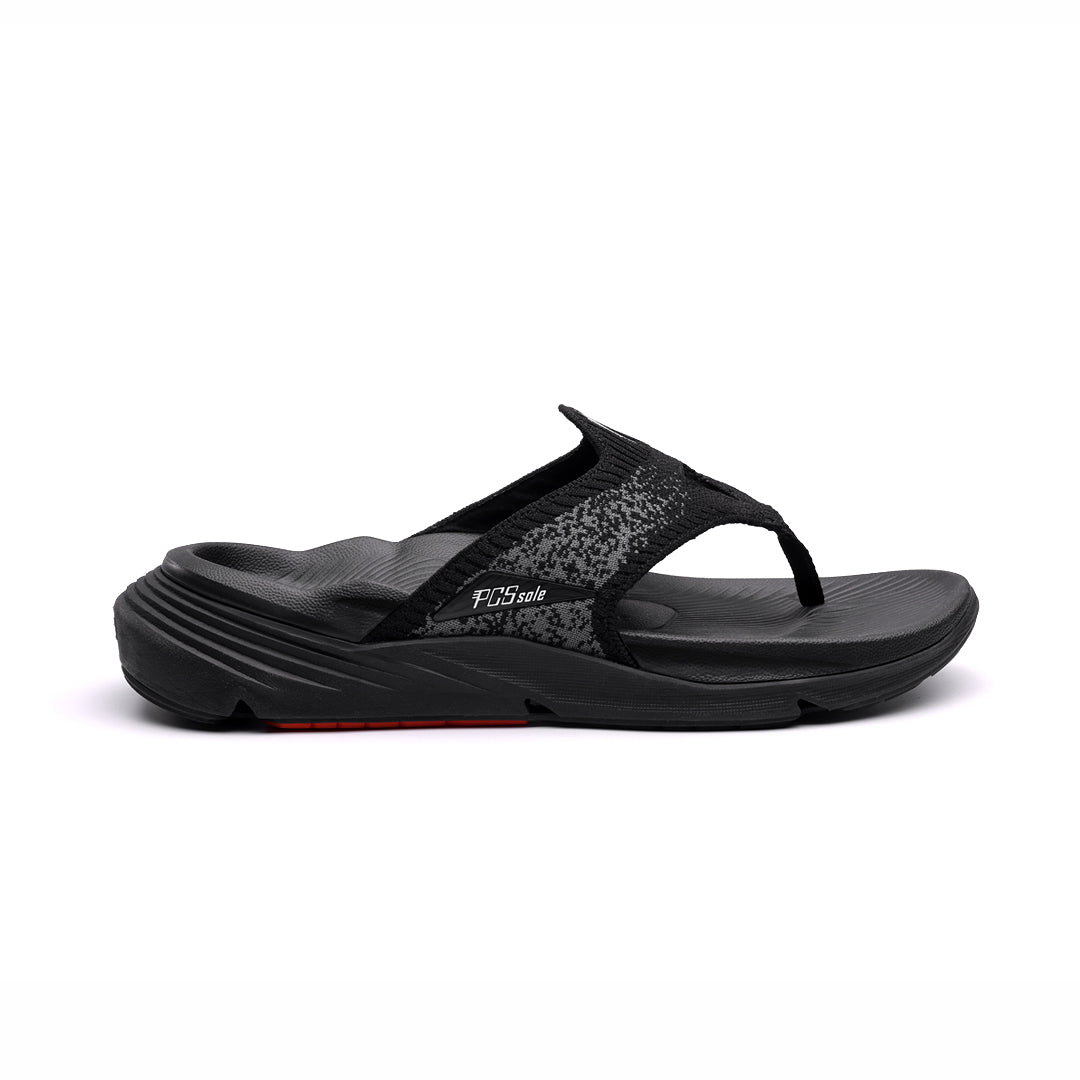
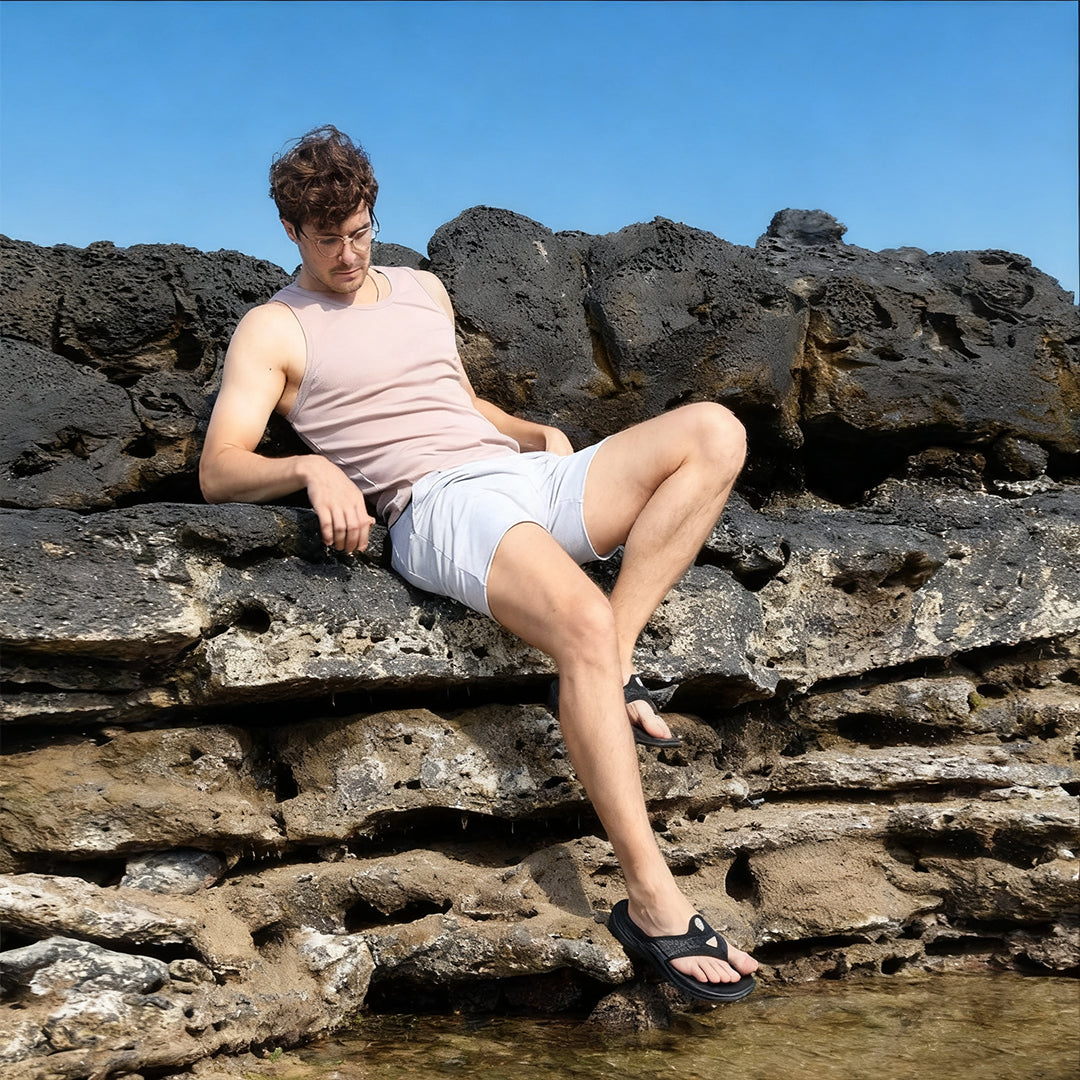
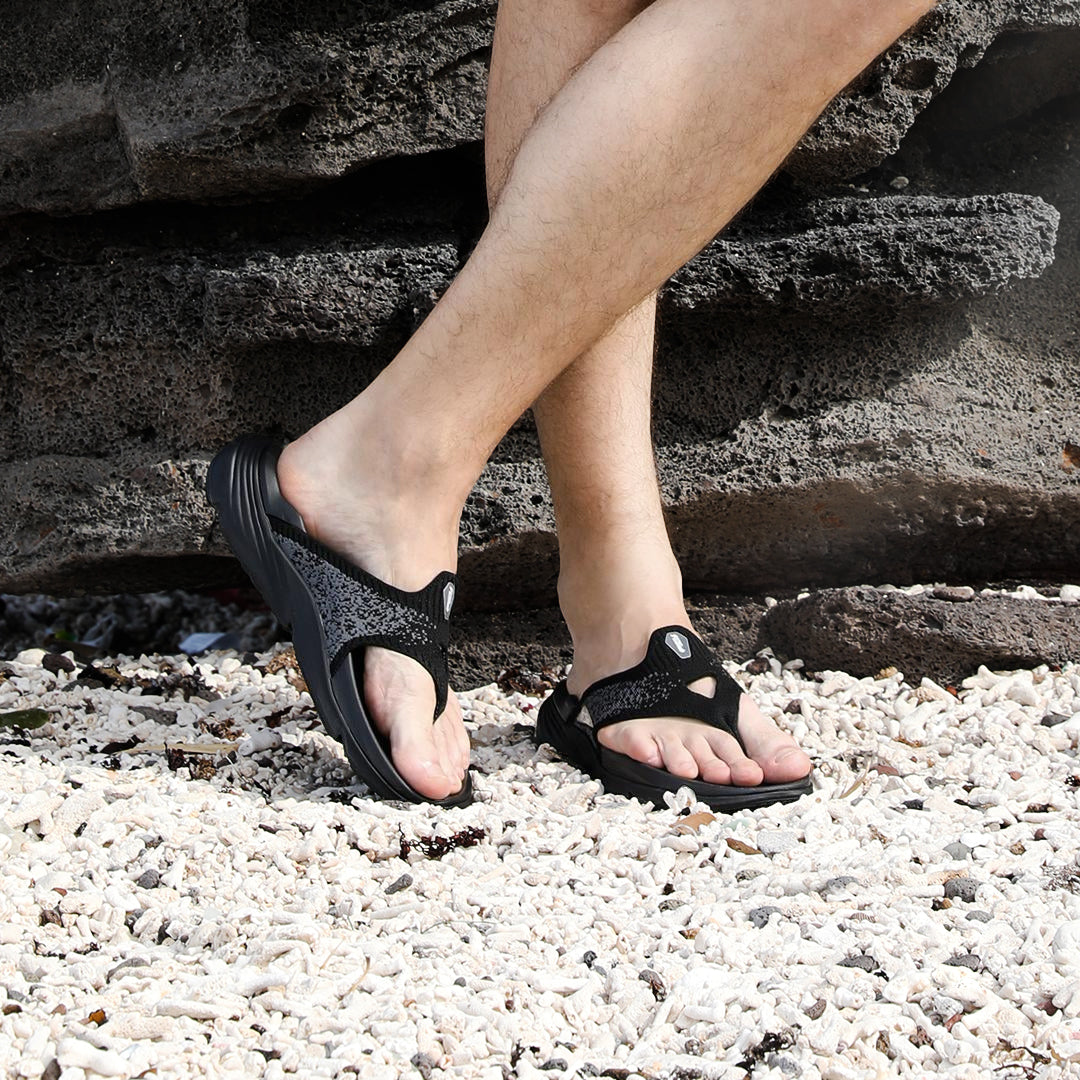
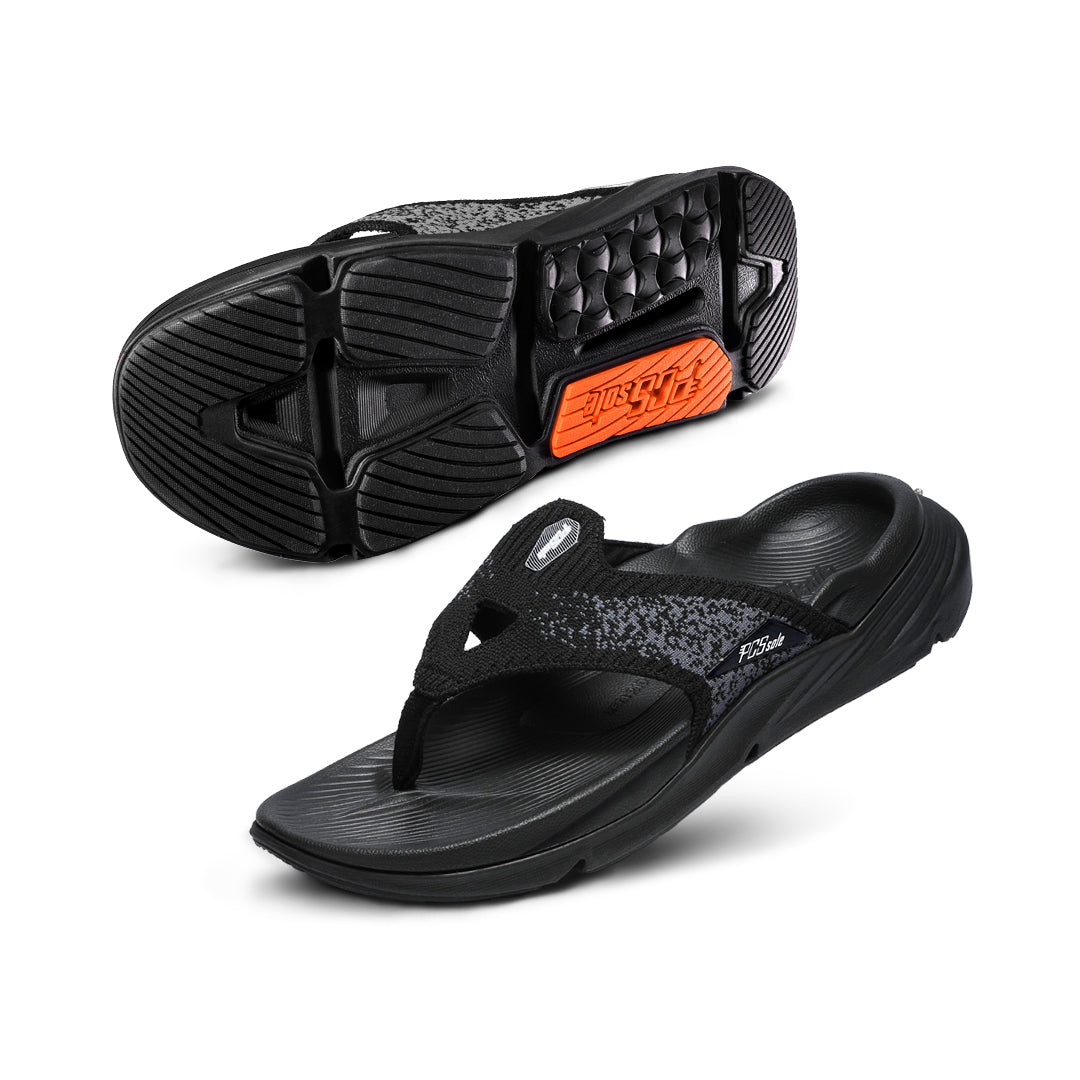
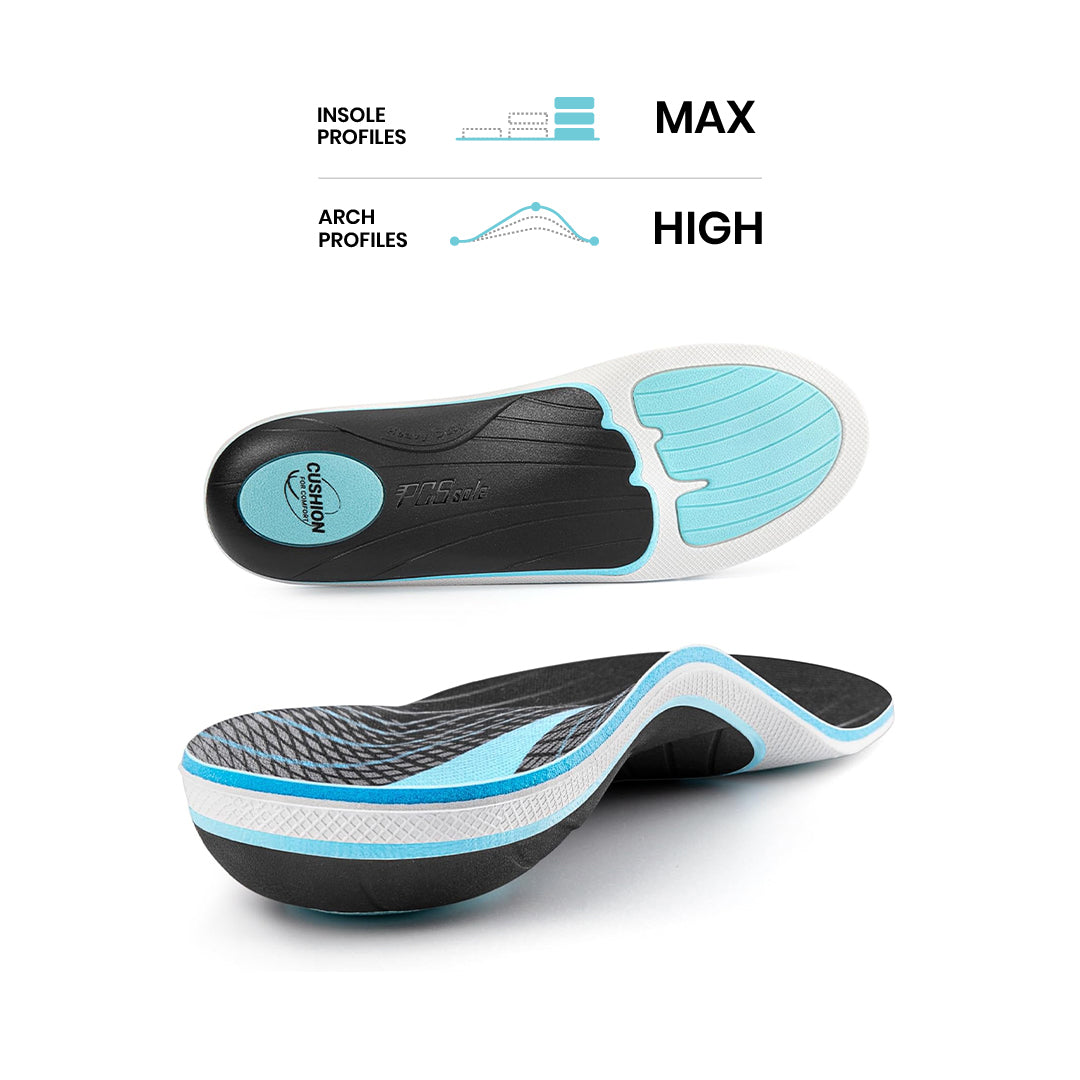
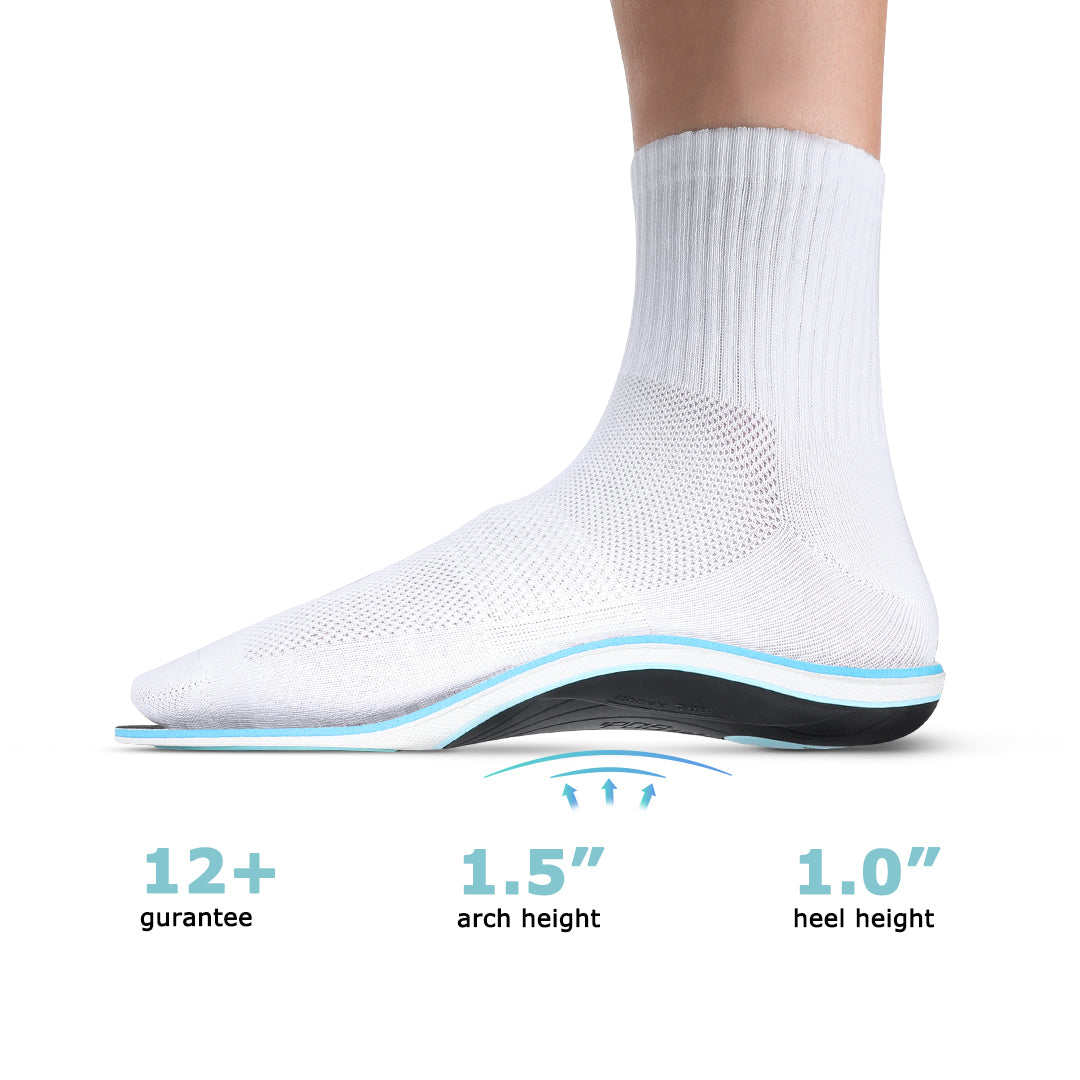
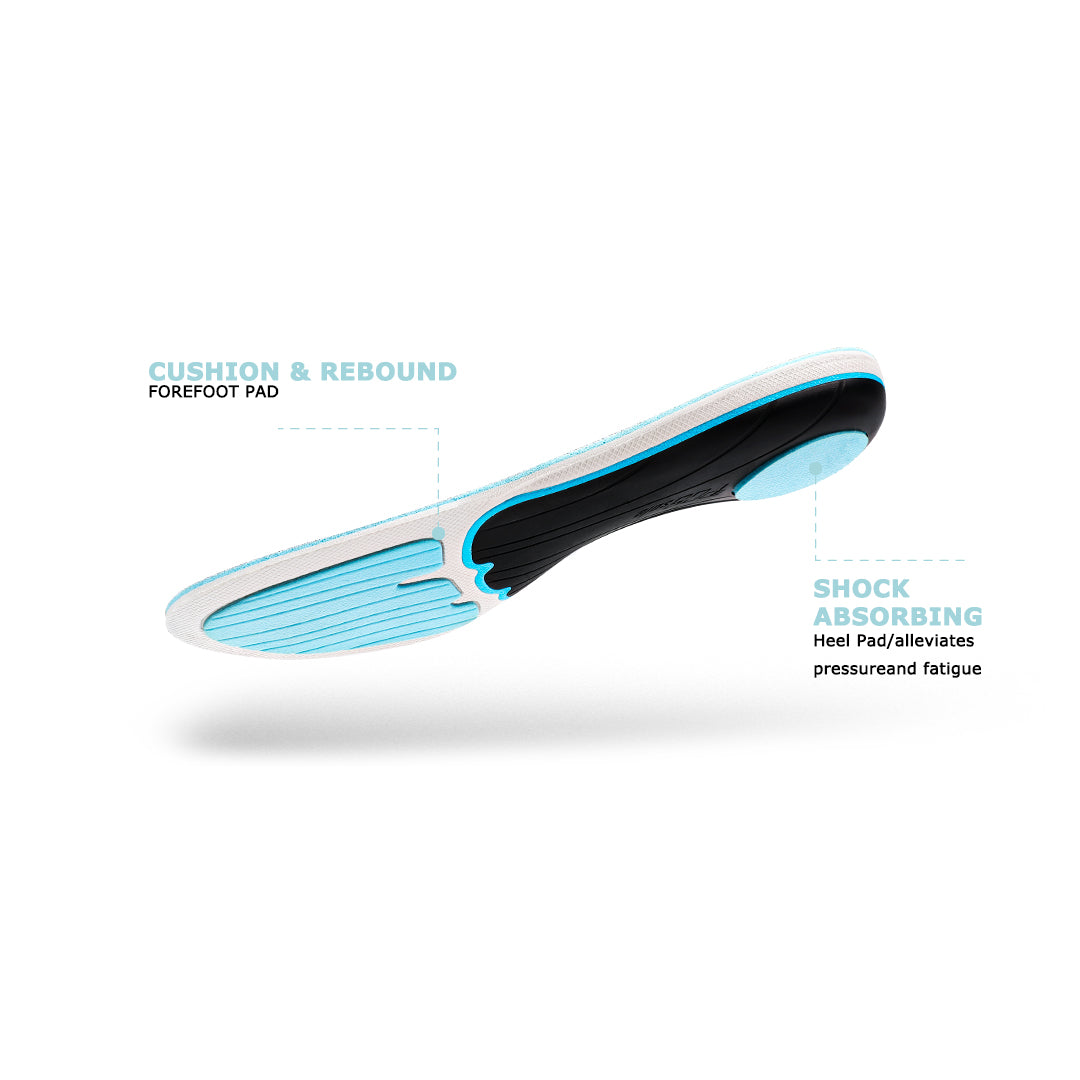
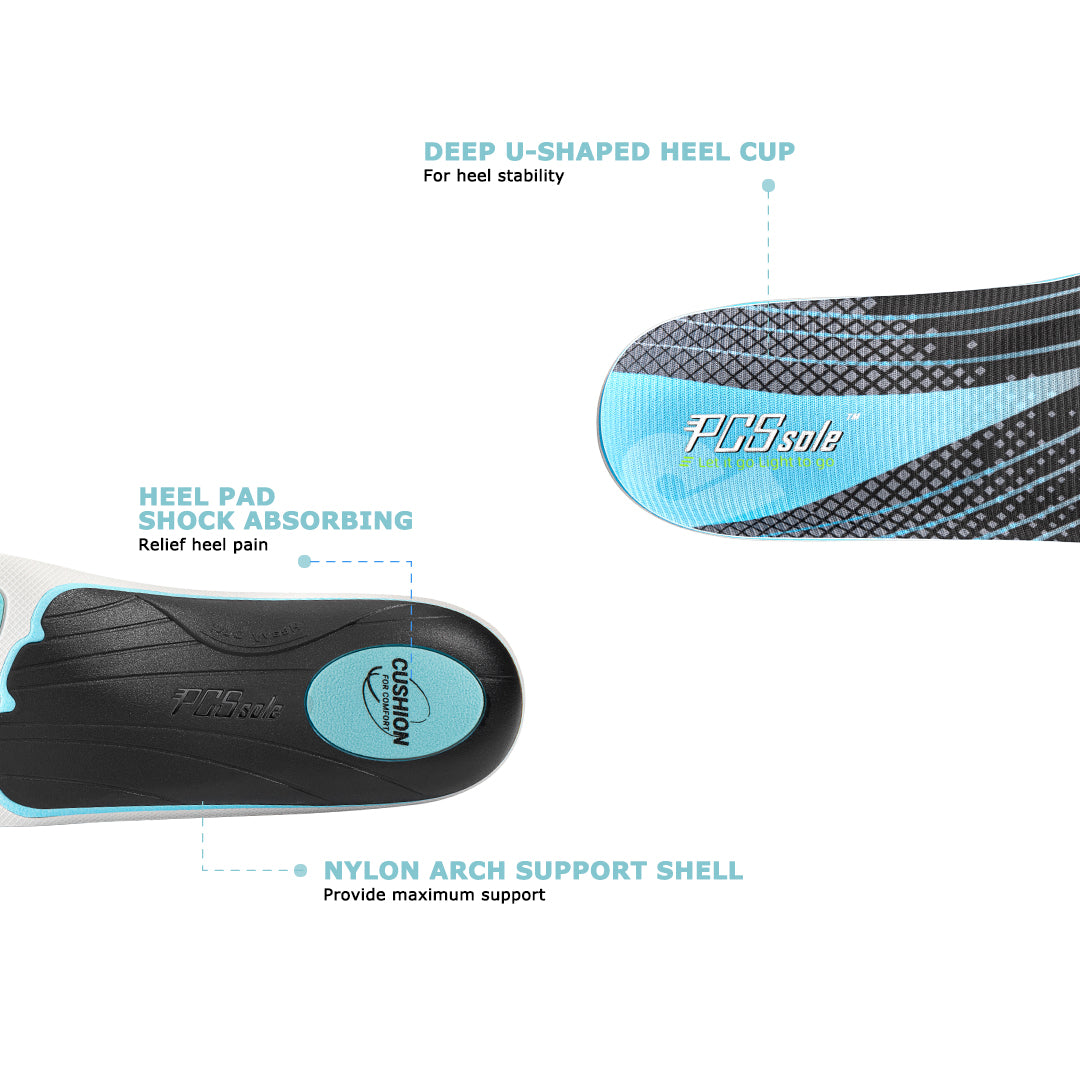
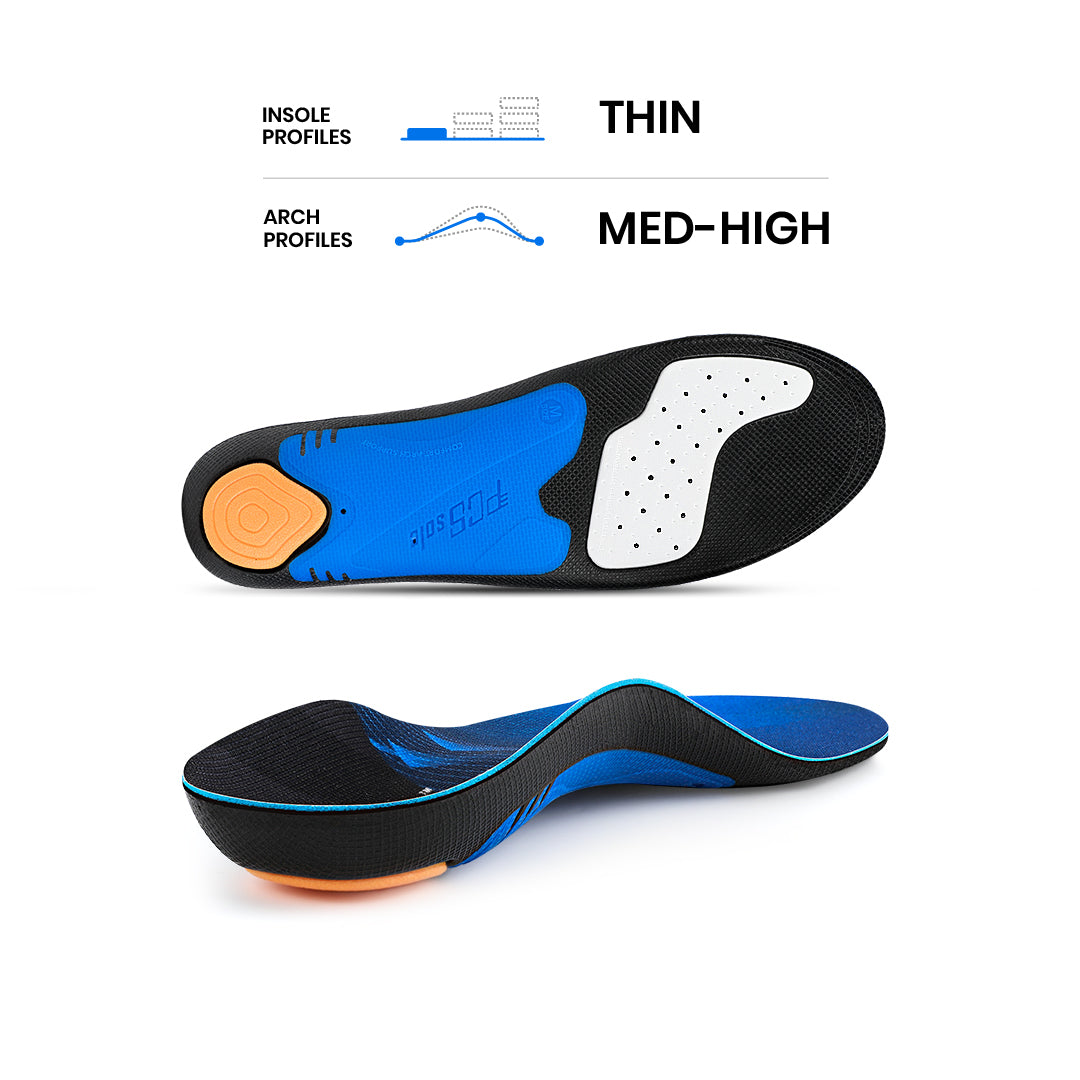
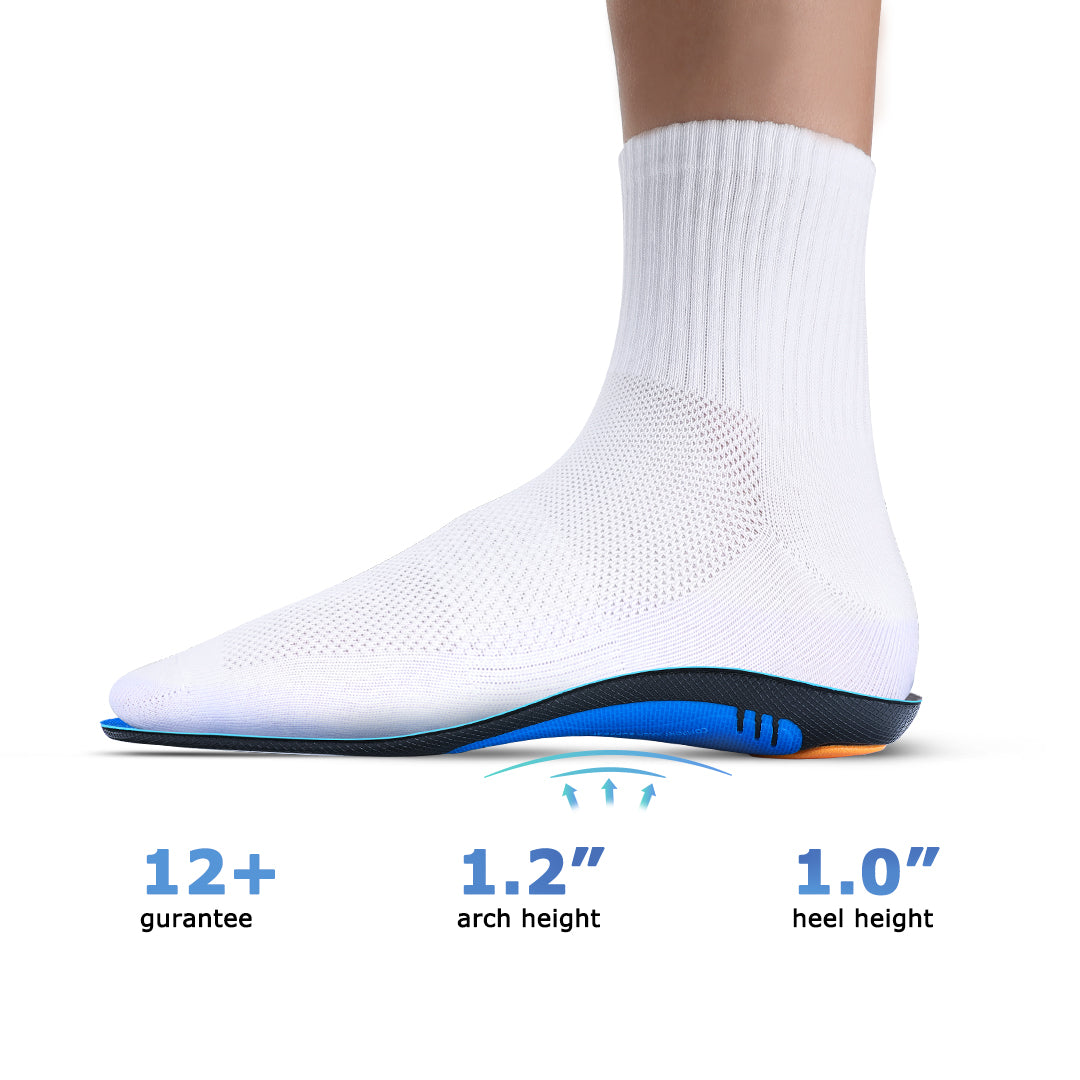
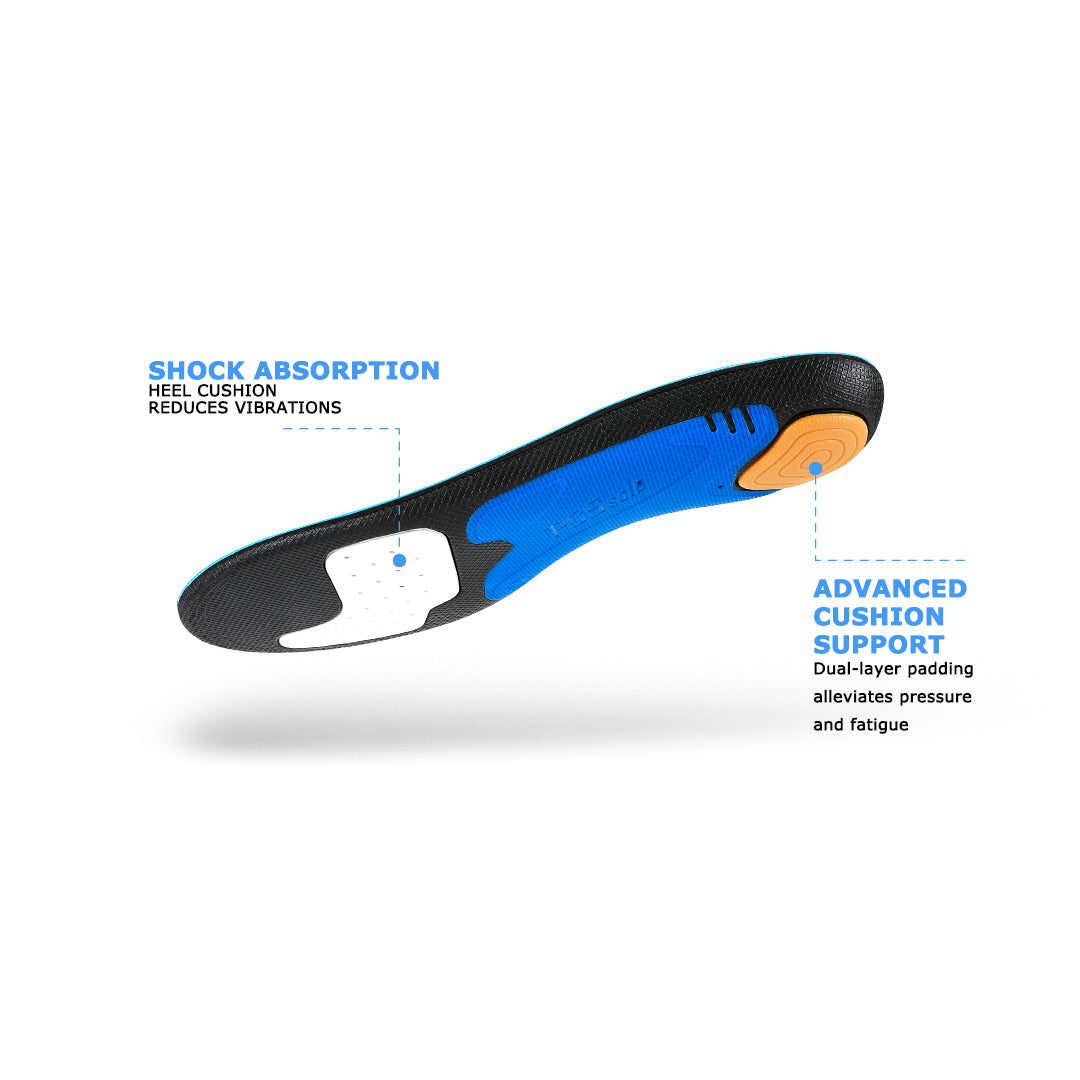
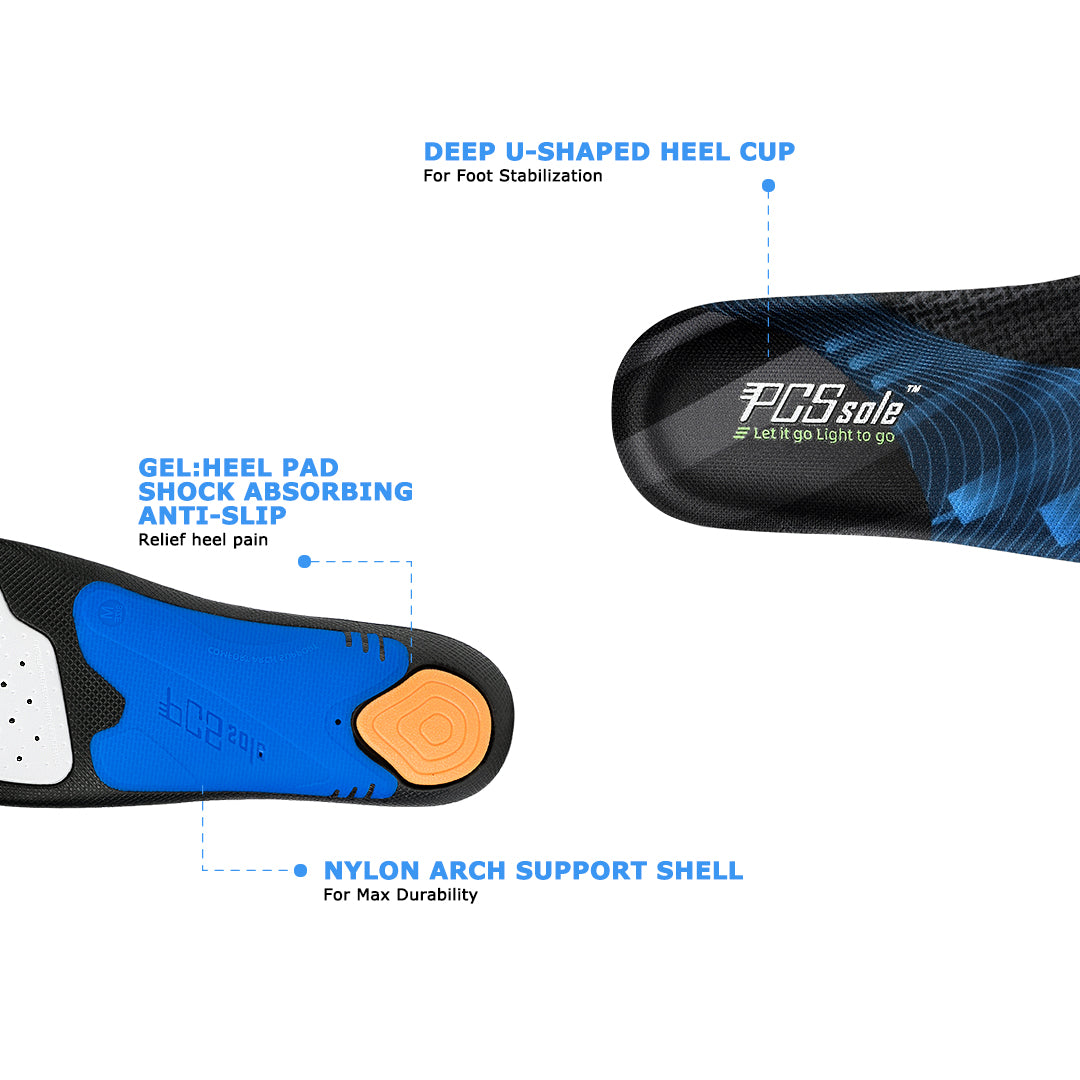
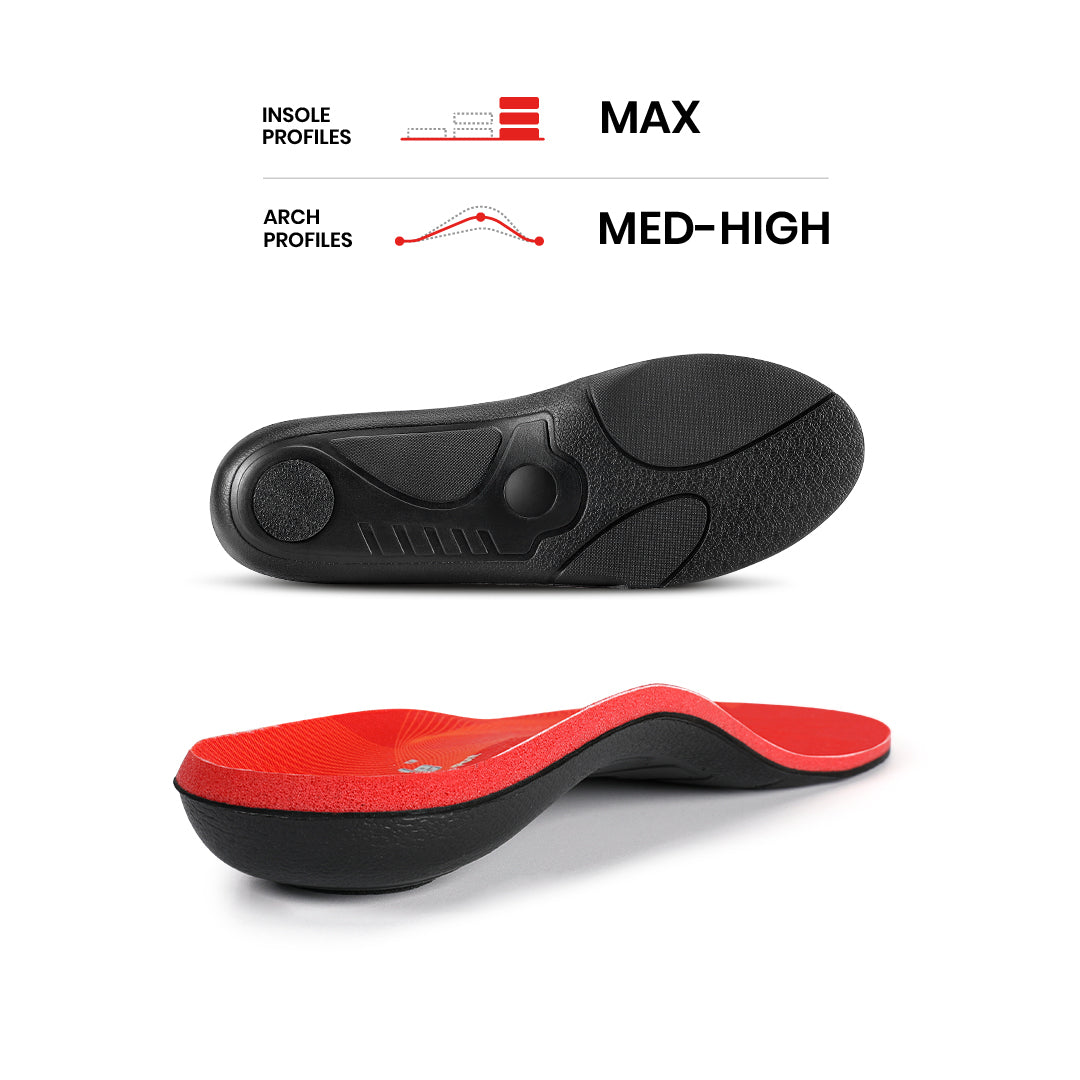
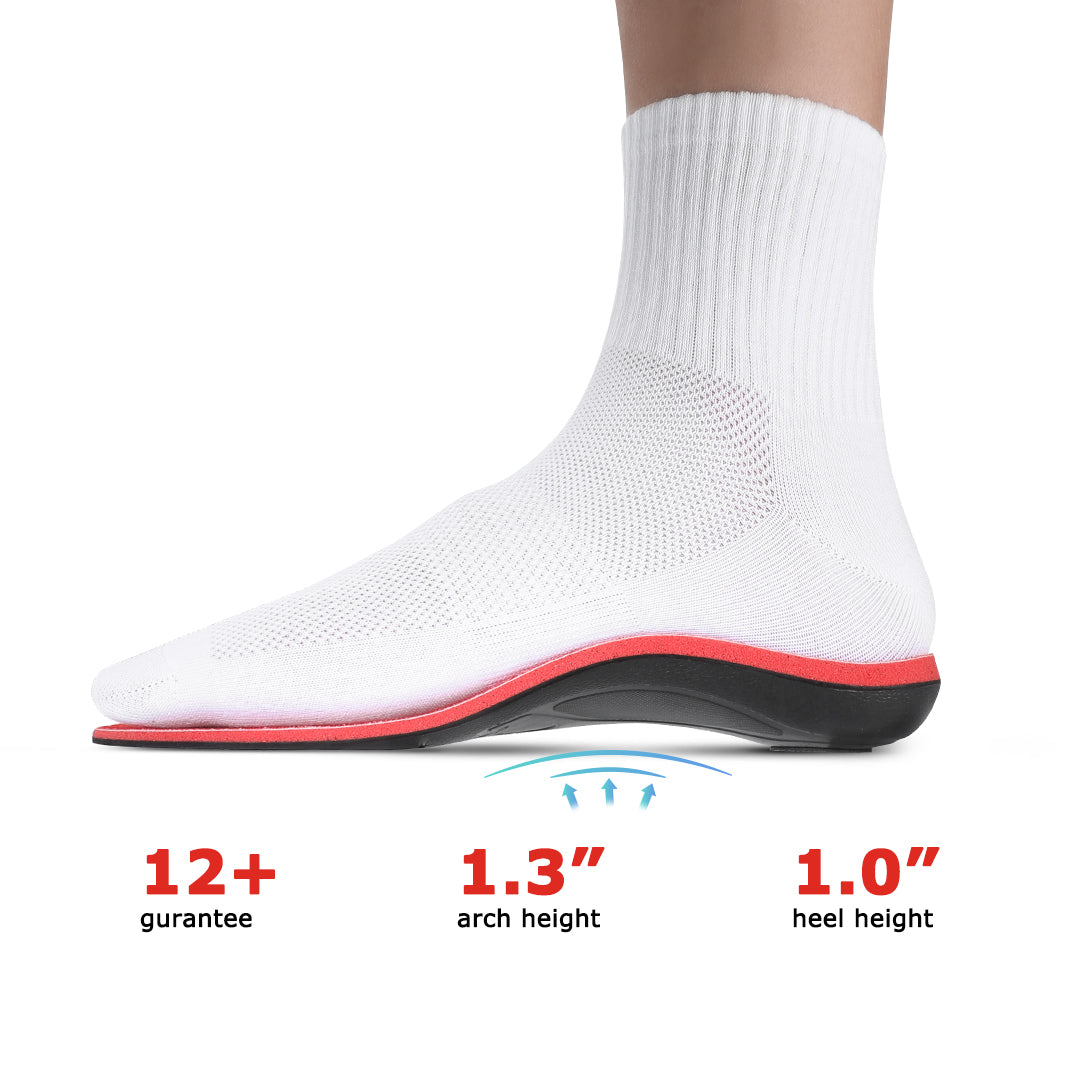
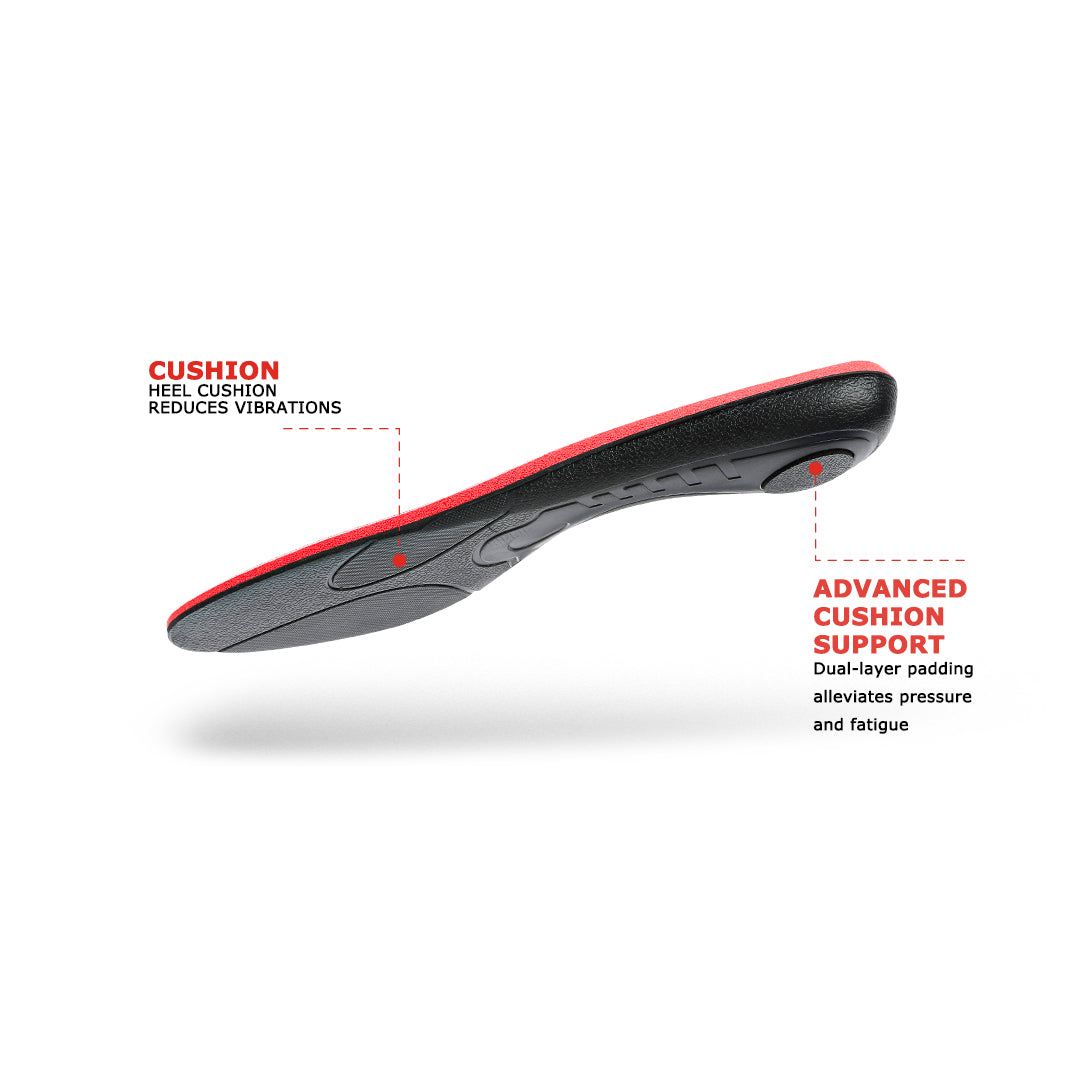

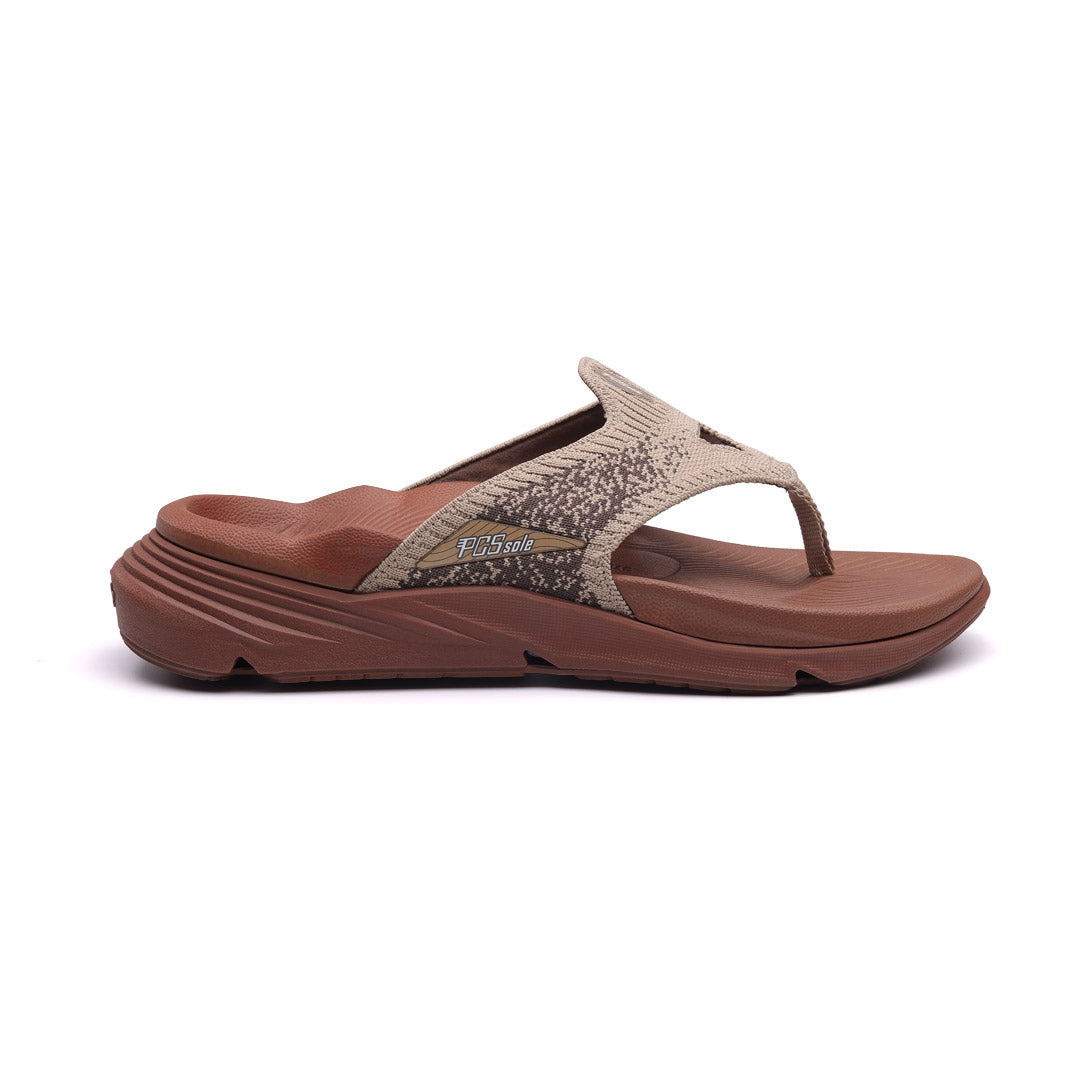



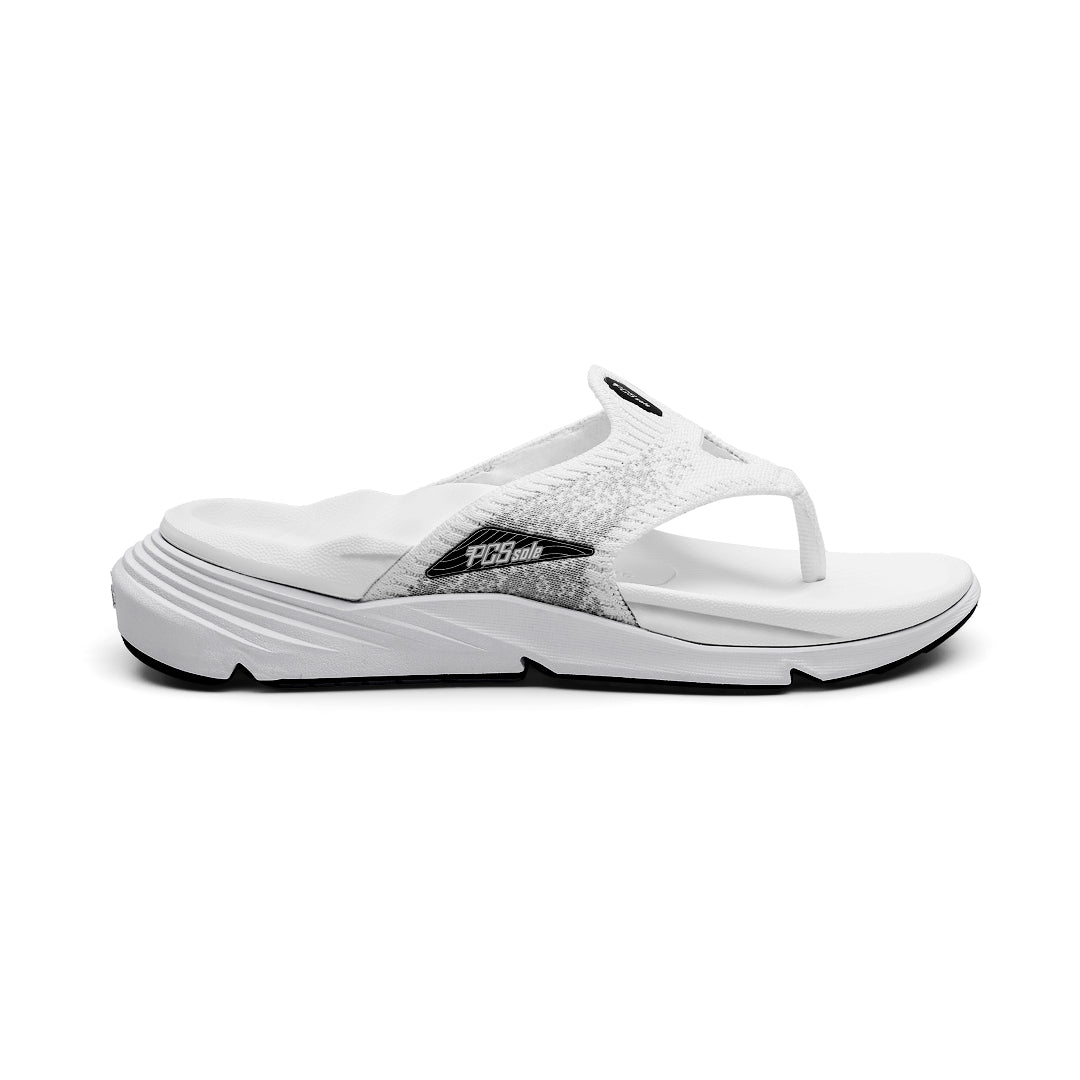

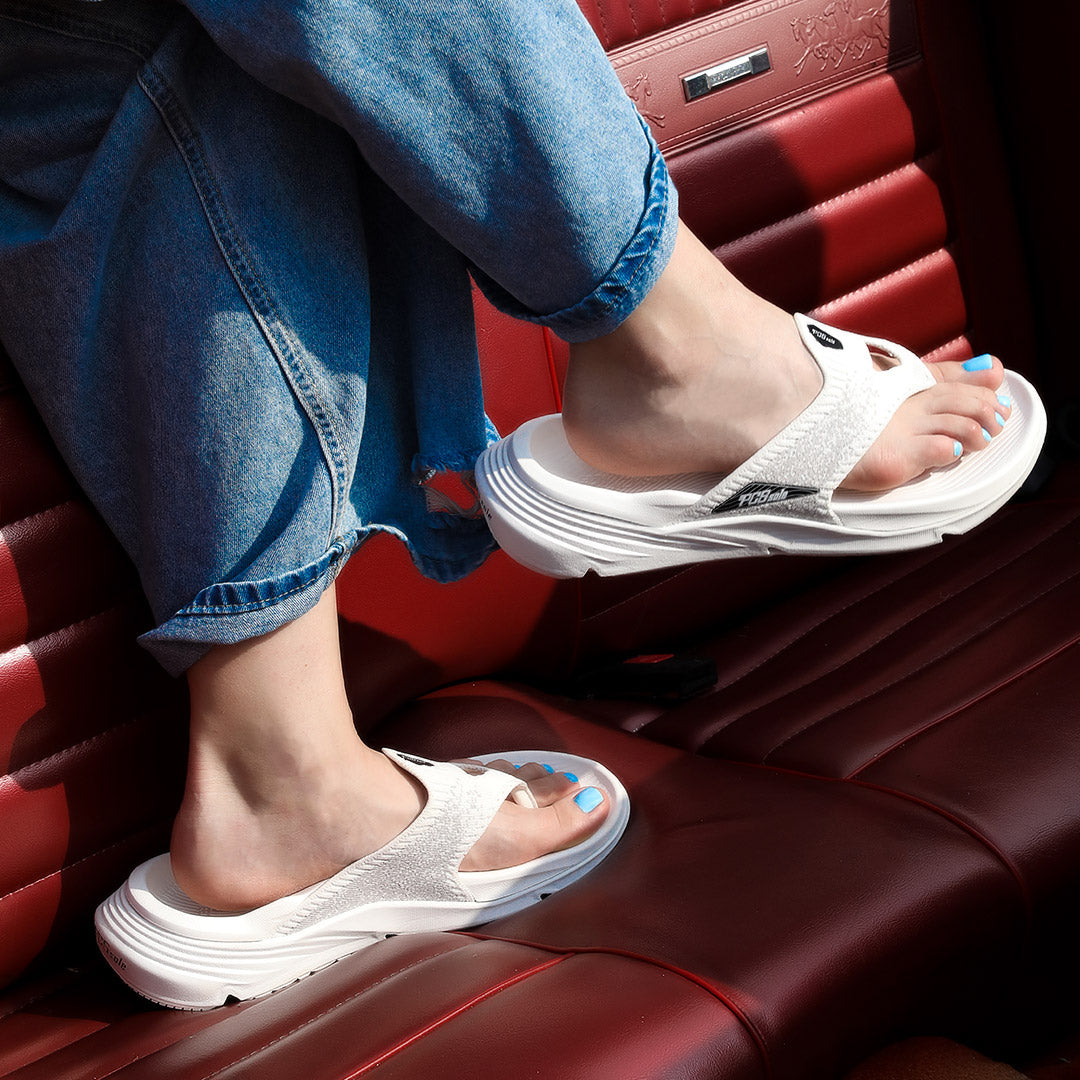
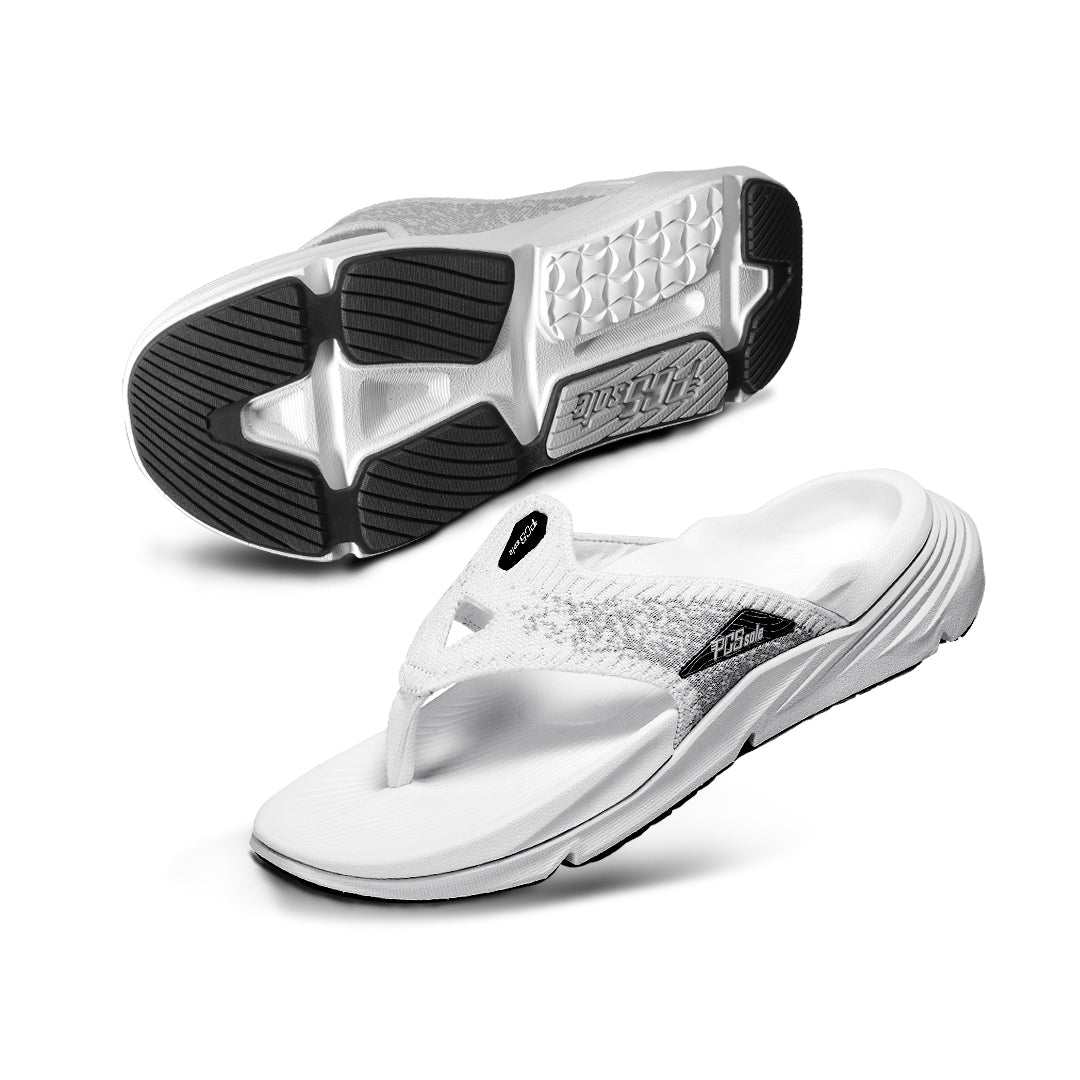
Share:
25 Warning Signs of Diabetes You Shouldn't Ignore
5 Tips to Stop Leg Cramps at Night (for 50+)